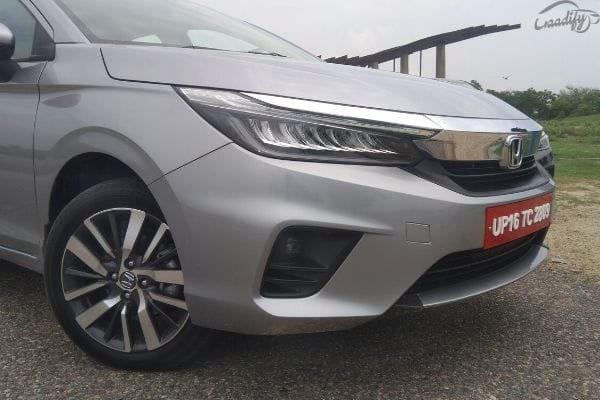Trigonometry and geometry have always been a tough nut to crack, at least for me, but I believe most of the people who go on to read this article will have a resonating opinion. I always thought that the thetas, the alphas and the betas can never really be my cup of tea.
If you by any means happen to carry the same notion and are an automobile buff at heart, the trigonometry of engine configuration will definitely sound a lot more fun, Not only it will help in understanding the engine configurations better but it will certainly provide you with a reason to at least confront the most daunting of childhood fears in a fun manner, if not completely overpowering them
Jokes aside, This article will explain the major differences between different types of cylinder configuration arrangements (Inline, V and W) find in an automobile engine.

1. Inline Engine
As the name suggests, in this type of arrangement cylinders are attached in a straight line above the crankshaft, While the majority of the inline configuration engines get four cylinders, some of the high performance-oriented engines might get even six or eight cylinders.

Advantages
- As the configuration is very easy and simplistic, reducing the mechanical complexity of the arrangement.
- A simpler arrangement means the engine components have a relatively symmetrical arrangement, reducing the need for balancing components.
- It suffers from smaller amounts of unwanted engine vibrations at normal engine speed.
- The mechanical simplicity of the arrangement means that they are cheaper and a lot easier to maintain.
Disadvantages
- Due to constraint straight-line arrangement, these tend to be taller and longer than other arrangements of the same power.
- These type of configurations will require heavy engine block to absorb the force and shock generated by the engine components.
- There is an upper cap on the power output since high power configurations may create unwanted vibrations.
2. V Engine
V type arrangement split the cylindrical arrangement into two even banks around the crankshaft, this arrangement gets its name as the two cylindrical banks form a V-shaped arrangement and angle between these banks may assume any value from 45o,60o,90o, these type of configurations come in a variety of sizes as per power requirements.

Advantages
- The V-shaped arrangement offers a compact and lightweight arrangement, which gives a lot more room for the addition of new cylinders for a given space.
- For a well-balanced engine, the compacted arrangement saves weight translating into increased efficiencies.
- The concise form factor of these engines allows an easy slotting into constricted engine spaces, like a motorcycle.
Disadvantages
- They have complicated construction, so they are not only costly to manufacture but also are difficult to service.
- In the case of Unbalanced cylindrical configurations, improper alignment can lead to mechanical stresses and vibrations.
3. W-engine

The W-engine happens to be an even better-reworked version of the compact V-shaped engines, this particular design means an even more compacted configuration. When viewed from the front, this arrangement looks like a double-V. As far as the advantages of W type configuration is considered, as described above, they have the most compact arrangement, this is the reason why they can be used in high-performance or heavy-duty vehicles. These are very rare as the V-type configuration caters almost to all the needs of compact engine construction.


